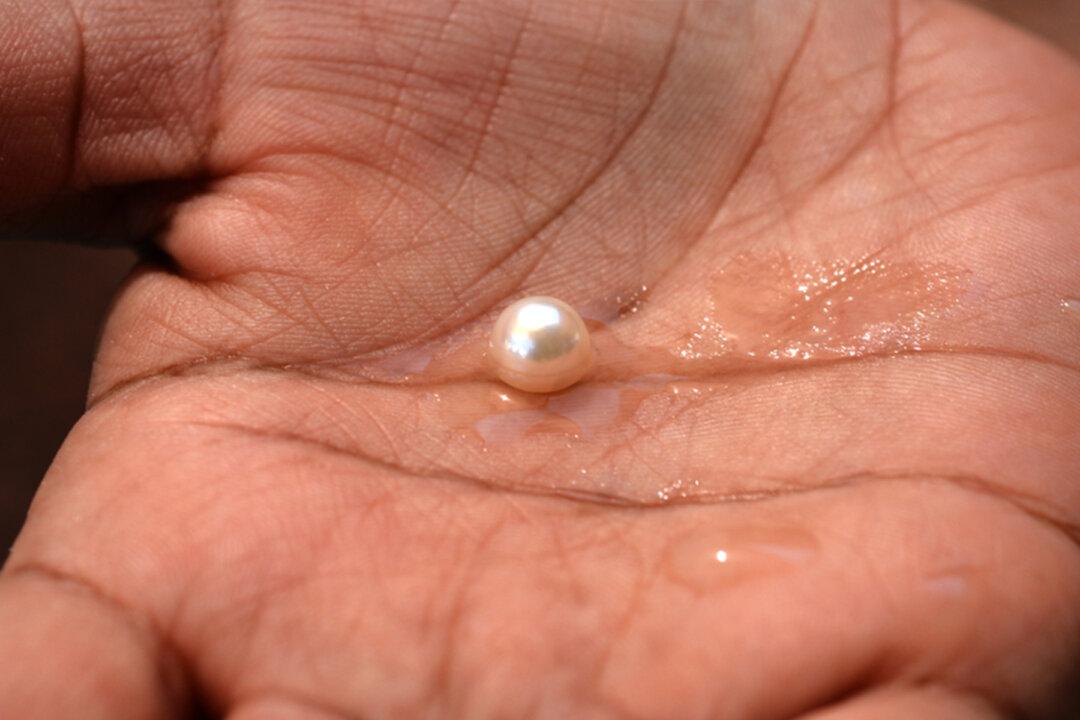A customer at a New Hampshire seafood restaurant got a little more than what she ordered from a Dover seafood restaurant when she bit down on a perfect, natural white pearl.
Newick’s Lobster House at Dover Point has been a favorite haunt of political consultant Mike Dennehy’s wife since she was a child, reports WMUR 9. Attending the eatery with her family on June 20, Mrs. Dennehy ordered the clambake special and was shocked to discover a white pearl within one of the steamed clam shells.





